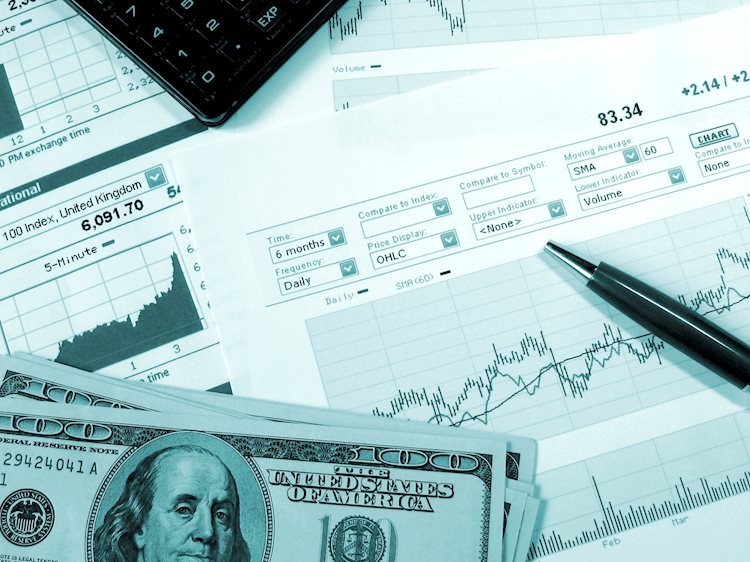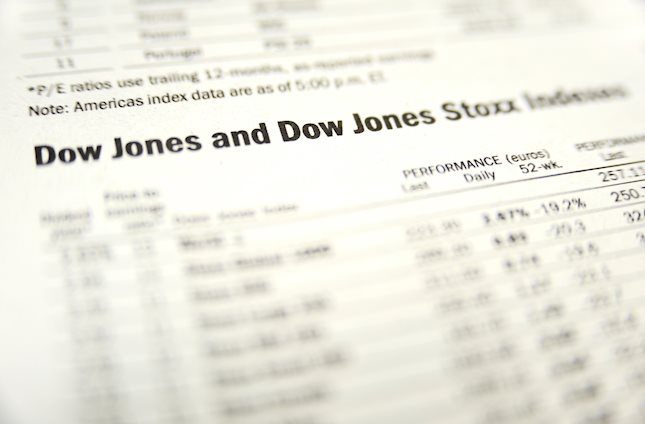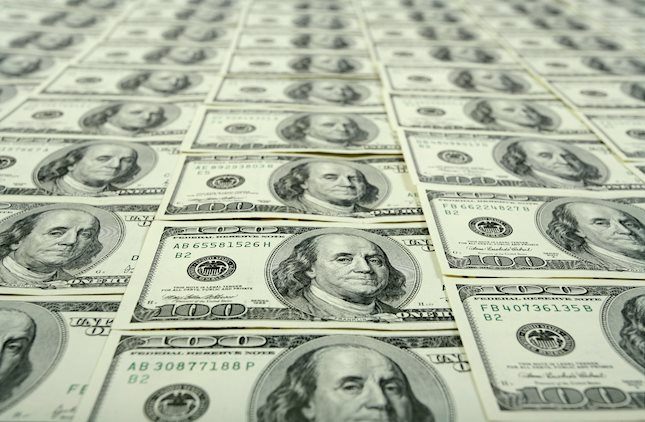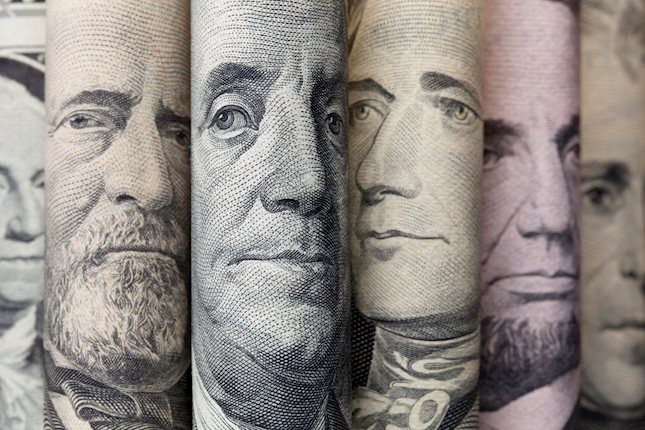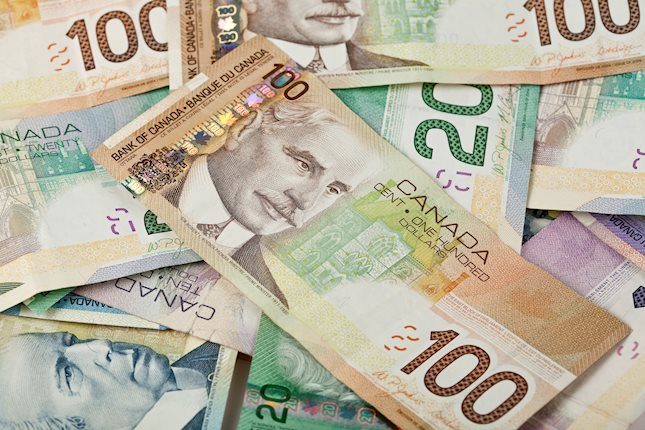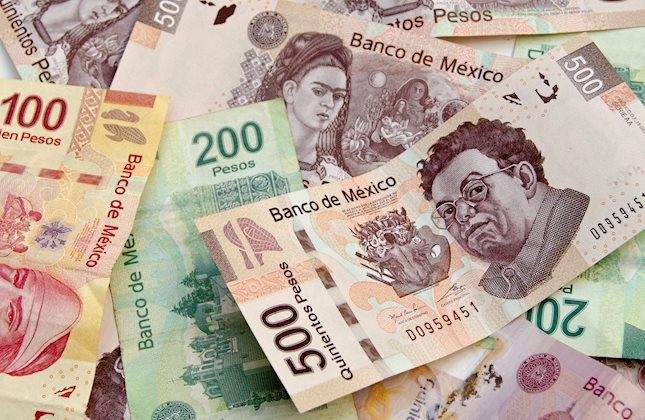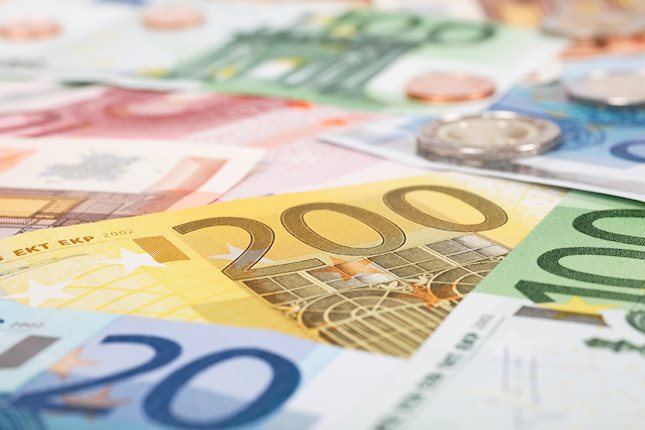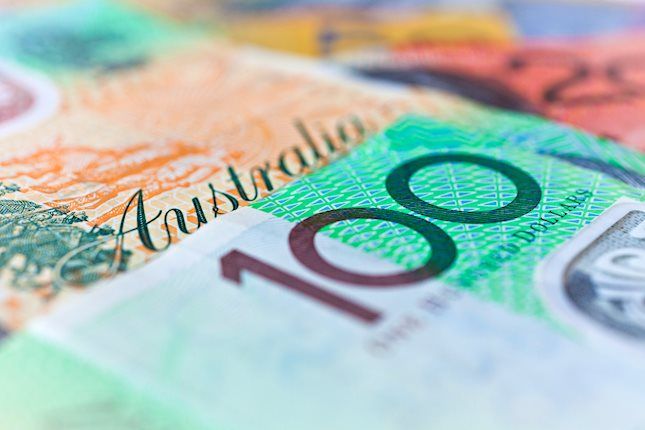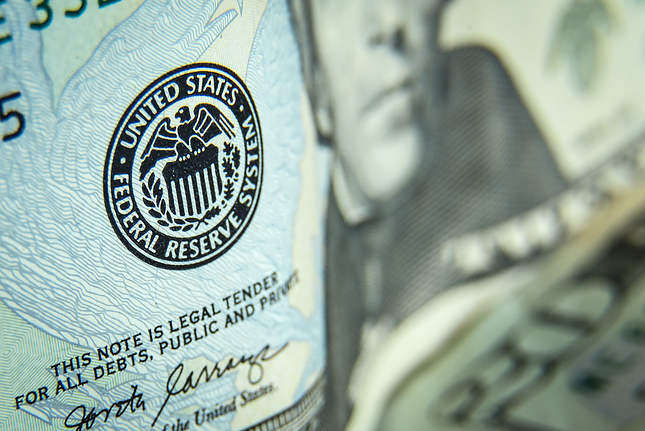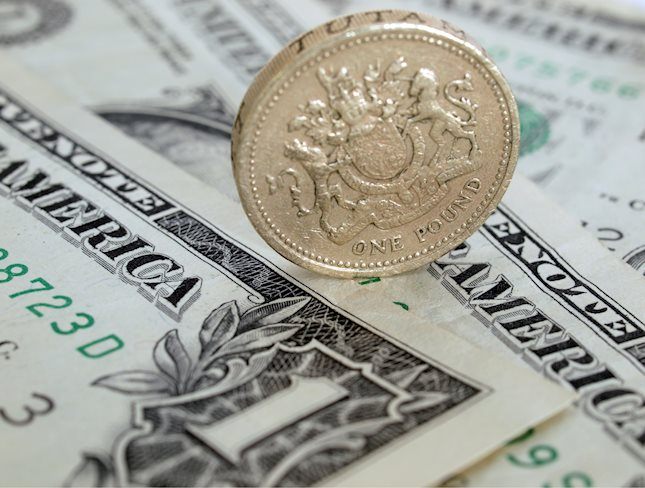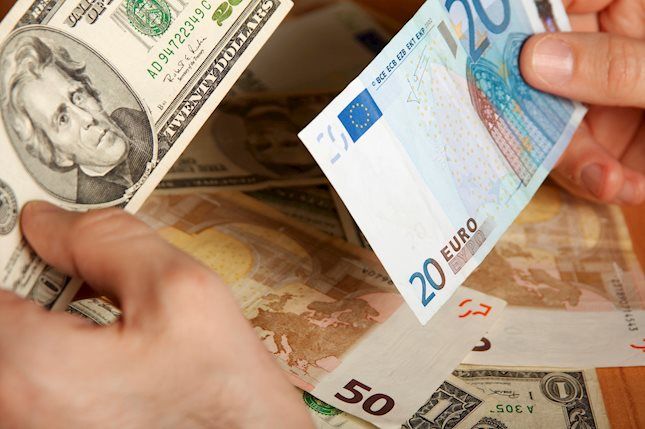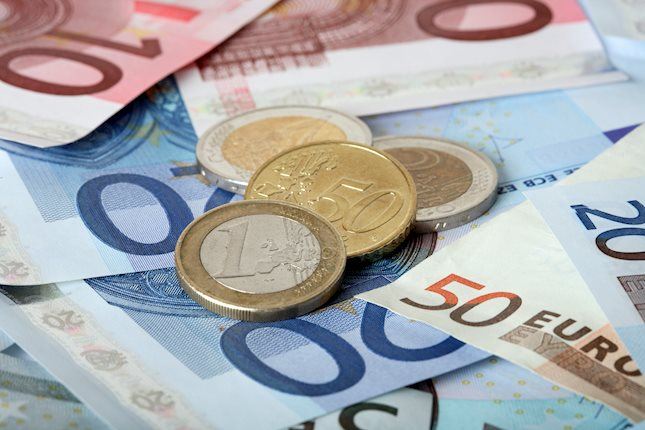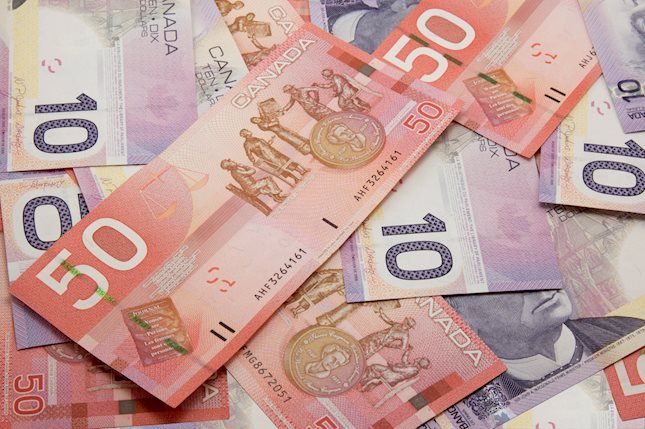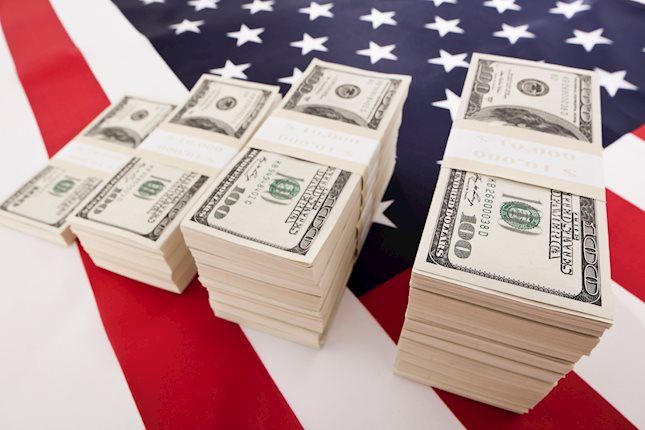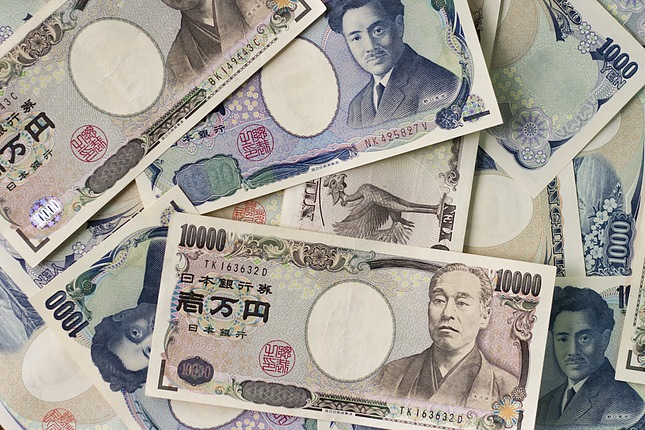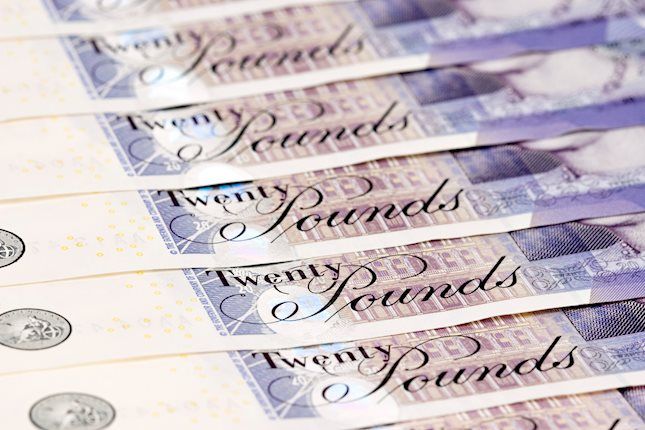US Dollar trims losses after labor market figures
- DXY holds near 108.40 on Tuesday with gains.
- Fed’s hawkish shift in December underpins higher yields.
- Markets digest strong JOLTS and ISM data.
The US Dollar Index (DXY), which measures the value of the USD against a basket of currencies, trades with gains on Tuesday after two days of losses. The Federal Reserve’s (Fed) hawkish tilt supports elevated US bond yields, favoring the USD bulls. Strong labor market and Services PMI figures helped the USD trim losses ahead of December’s Nonfarm Payrolls.
Daily digest market movers: US Dollar recovers after strong data
- US yields keep climbing, with the 10-year note near 4.64% and the 30-year at 4.87%, driven by heavy Treasury auctions this week.
- Fed Vice Chair for Supervision Michael Barr announced an early resignation effective February 28, potentially avoiding legal battles under the next administration.
- December ISM Services Purchasing Managers Index rose to 54.1 from 52.1, beating 53.3 forecasts. Prices Paid jumped to 64.4, stoking inflation concerns.
- Job Openings & Labor Turnover Survey (JOLTS) showed openings at 8.09 million in November, above both October’s 7.83 million and the 7.7 million estimate.
- ADP private payrolls, Challenger job cuts, and weekly jobless claims will round out this week’s labor market data before December Nonfarm Payrolls.
- Geopolitical tensions and potential trade war flare-ups keep safe-haven demand intact, limiting the US Dollar’s downside despite profit-taking.
DXY technical outlook: Indicators stay firm above key support
The US Dollar Index maintains an overall bullish structure, with technical indicators retaining upward momentum. Despite intraday softness, the DXY has successfully defended its 20-day Simple Moving Average (SMA), reflecting solid underlying support.
While near-term overbought signals could prompt modest pullbacks, ongoing demand for US assets and higher yields may keep the index elevated, barring any major risk reversals.
Fed FAQs
Monetary policy in the US is shaped by the Federal Reserve (Fed). The Fed has two mandates: to achieve price stability and foster full employment. Its primary tool to achieve these goals is by adjusting interest rates. When prices are rising too quickly and inflation is above the Fed’s 2% target, it raises interest rates, increasing borrowing costs throughout the economy. This results in a stronger US Dollar (USD) as it makes the US a more attractive place for international investors to park their money. When inflation falls below 2% or the Unemployment Rate is too high, the Fed may lower interest rates to encourage borrowing, which weighs on the Greenback.
The Federal Reserve (Fed) holds eight policy meetings a year, where the Federal Open Market Committee (FOMC) assesses economic conditions and makes monetary policy decisions. The FOMC is attended by twelve Fed officials – the seven members of the Board of Governors, the president of the Federal Reserve Bank of New York, and four of the remaining eleven regional Reserve Bank presidents, who serve one-year terms on a rotating basis.
In extreme situations, the Federal Reserve may resort to a policy named Quantitative Easing (QE). QE is the process by which the Fed substantially increases the flow of credit in a stuck financial system. It is a non-standard policy measure used during crises or when inflation is extremely low. It was the Fed’s weapon of choice during the Great Financial Crisis in 2008. It involves the Fed printing more Dollars and using them to buy high grade bonds from financial institutions. QE usually weakens the US Dollar.
Quantitative tightening (QT) is the reverse process of QE, whereby the Federal Reserve stops buying bonds from financial institutions and does not reinvest the principal from the bonds it holds maturing, to purchase new bonds. It is usually positive for the value of the US Dollar.
Forex News
Keep up with the financial markets, know what's happening and what is affecting the markets with our latest market updates. Analyze market movers, trends and build your trading strategies accordingly.
